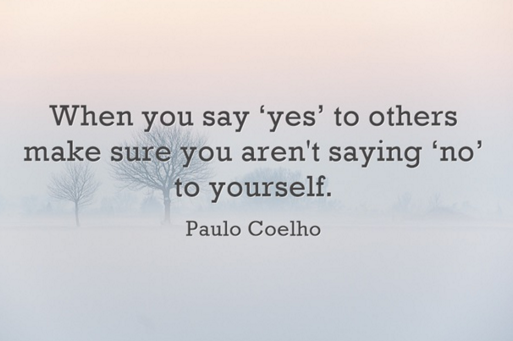Developing Authenticity, 5-Year-Old Style!


I was standing outside my pre-kindergarten classroom on the first day of school excitedly waiting for my four- and five-year-old students to arrive. A little boy with bright blue eyes and a big smile walked up to the door and froze. He looked at me with a confused expression and said, “In the picture my mom showed me you looked just like a Food Network star, but in person I’m not so sure.” I couldn’t help but laugh as I admired his blunt honesty, and also ran through every Food Network star in my head wondering who I resembled. What struck me most was that this little boy, in the first 30-seconds of meeting me, had done something that we adults rarely do, which is to simply say what comes to mind without over-thinking how it will be received. Sure, the social filter that we develop as we grow does us good, but I’m consistently inspired by the authenticity with which children speak and feel. Here are three ways to channel your inner five-year-old and live a little more honestly.
It’s Your Party and You Can Cry if You Want to:
When young children are sad, they cry. When they are happy, they laugh. When they are mad, they tense their body (or throw a tantrum, but let’s not go there). Learning how to regulate emotions is an important skill, but equally important is remembering to experience your feelings as you grow up. As adults, we’re hyper aware of how we portray ourselves in the world—to our families, colleagues, friends—and often suppress our emotions. Without proper expression, anxiety, stress and unresolved feelings can take root. The goal is to land at an honest, balanced middle. After a bad meeting at work, screaming and crying is not appropriate, but that doesn’t mean you have to pretend that everything is okay. Instead of throwing on a happy face and burying your frustration inside, acknowledge to yourself, “I’m feeling really frustrated by how that went,” then give yourself permission to deal with the feeling. You could take a 5-minute walk outside, focus on your breathing or write down a couple sentences about what you’re experiencing. Children feel and express their authentic emotions, and we should too.
Say “No!”:
For many of us (at least for me!), feeling okay saying “no” is still a work in progress. I greatly admire children’s ability to easily say “no” when they don’t want to do something. This is different than a rude or contrary “no’ — I’m referring to the honest, non-emotional response they express when something, simply, doesn’t feel right. My experience with Zach*, a young student, sums up the perfect “no.” I had just set up a table full of art supplies and was looking forward to seeing my students’ joy. “Zach, I have an exciting new art project set up on the table. Do you want to give it a try?” I asked eagerly. “No thanks,” Zach stated. “I have been waiting to build on the rug.” That brief exchange says so much. Zach didn’t feel guilty about his choice; he politely explained to me that he would rather do something else. It was that simple. As an adult, when posed with a similar question, I may have worried how my “no” would make the person feel and quickly lost touch with my true desire. I may have thought, “What if I hurt her feelings? She spent so much time setting up. Is there a way I can do what I want and also please her?,” and around, and around. Whether it’s a social invitation or someone’s request to take on another task that feels like too much, tune into your own wants and needs, and practice the art of politely saying “no.”
Listen and Learn From Your Body:
Have you ever heard your stomach growl only to look down at your watch and realize that somehow it’s 3pm and you haven’t eaten lunch? Have you ever noticed your heart pick up and your palms sweat when you start to feel uncomfortable? Our bodies are constantly sending us messages about what we need, both mentally and physically, yet we often ignore these signals to do what we must to get through a busy day, or so we tell ourselves. Children rely on their bodies as an essential source for acquiring and retaining information. They have a remarkable ability to learn what the body needs through movement and experience, and also express their needs as soon as they arise. As we grow into adults, we sometimes disconnect the relationship between our body and mind. Instead of ignoring messages, we can all channel our inner preschooler and connect back with our most natural source of information: ourselves.
Recent Articles
-
Playful Primer 10 Must-Have Toys for Your Next Backyard BBQ
Summer is just around the corner and we're ready for it! From backyard BBQs to neighborhood park outings, we've discovered...
read more -
Playful Primer Tips & Toys to Support Group Play Experiences
Catching a glimpse of children happily engaged in pretend play is like witnessing pure magic. Ever wonder how closely you...
read more -
Playful Primer 5 Ways to Strengthen the Bond Between Siblings
“I’ll take care of the bike. You take care of each other.” This is what I said to my children...
read more
